Is Hyperbaric Oxygen Therapy the Secret to Clear, Glowing Skin?
I gave the buzzy wellness treatment a try.

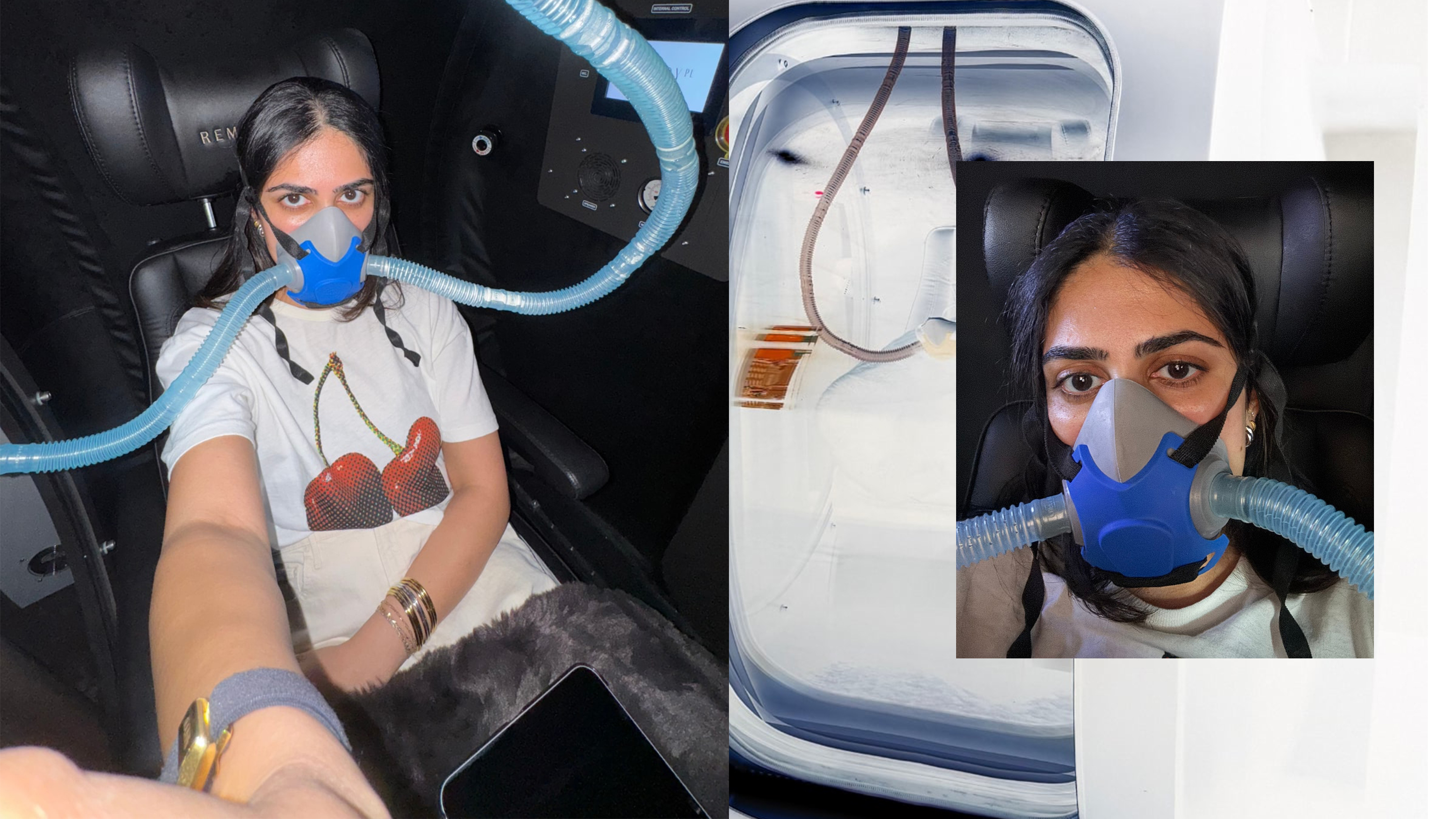
In the quest for perfect skin, I’ll try nearly anything. After all, as a beauty editor, it's my job to stay at the forefront of trends and offer my face up to science (and, let’s be honest, vanity). So when I heard that hyperbaric oxygen therapy (HBOT) was a pain-free way to stimulate collagen in the skin and help reduce signs of aging, I immediately signed up to try it.
Unlike a lot of beauty treatments like fillers or neurotoxins like Botox, HBOT falls into that sweet spot between mental clarity, physical health, and beauty. It is even something the "I Don’t Die" guy includes in his "anti-aging" protocol. Theoretically, it is a great bang for your buck, since it offers benefits across multiple categories. However, because it is still a relatively new modality for out-of-hospital use, there are a lot of questions surrounding the treatment. I tracked down the answers for you—how it works, what research supports it, what skin concerns it addresses, and, of course, my personal experience with the HBOT treatment.
How Does Hyperbaric Oxygen Therapy Work?
Hyperbaric oxygen therapy exposes your skin and body to super-concentrated, pressurized doses of 100 percent oxygen. It is typically accessed by sitting inside a chamber or by breathing in high levels of oxygen. As board-certified dermatologist Rachel Nazarian, MD, explains, “Since oxygen is required for all metabolic processes of repair and cleaning in the skin, the thought is that giving tissue high levels of oxygen will encourage the skin to repair and clean faster and better, and optimize anti-aging pathways.” In layman’s terms, it is essentially like refueling the gas tanks so the cells can work and improve themselves.
For context, board-certified plastic surgeon John Diaz, MD, notes that the air we normally breathe contains about 21 percent oxygen. Inside a hyperbaric chamber, that concentration increases to 100 percent, and the pressure rises to anywhere from 1.5 to 3 times the normal atmospheric pressure. This combination pushes more oxygen molecules into the body’s tissues, allowing for greater absorption than would be possible under everyday conditions.
Concierge wellness doctor and founder of Remedy Place, Jonathan Leary, DC, adds that the elevated oxygen levels can penetrate deeper into tissues, even those with compromised blood flow. “This enhances cellular repair, reduces inflammation, and supports overall health,” he says.
Recent studies have shown that HBOT may help prevent some of the damage associated with aging, especially at the DNA level.
Dr. Diaz
How Does HBOT Improve Skin?
If you are considering HBOT specifically to benefit your skin, Dr. Leary explains, “Anything that can help increase oxygen saturation in the blood and boost blood flow will have an impact on most areas.” In medical settings, high-pressure chambers are even used to treat open wounds and burn victims to help accelerate healing.
Dr. Diaz adds that some studies suggest HBOT may stimulate collagen production in the skin, which can help reduce the appearance of fine lines and wrinkles while improving overall tone and texture. He also explains that HBOT may help prevent or improve acne through several mechanisms. High concentrations of oxygen can kill acne-causing bacteria, and improved blood flow may help reduce the inflammation and irritation associated with breakouts.
Get exclusive access to fashion and beauty trends, hot-off-the-press celebrity news, and more.
What Research Is There on HBOT’s "Anti-Aging" Claims?
While it may look like something out of a dystopian novel, there is solid clinical research backing HBOT. Dr. Leary notes that studies have shown that HBOT can increase collagen density and enhance skin texture, suggesting it may help reduce signs of aging. Dr. Diaz adds, “It is thought to improve healing by stimulating cell production, boosting collagen production, killing bacteria, and improving blood flow.” However, he notes that most of the research has been conducted on wound healing, not on otherwise healthy skin. “It is assumed that collagen production is improved in normal skin as well,” he explains. “Recent studies have shown that HBOT may help prevent some of the damage associated with aging, especially at the DNA level. There has been a lot of interest in HBOT as an anti-aging treatment for this reason.”
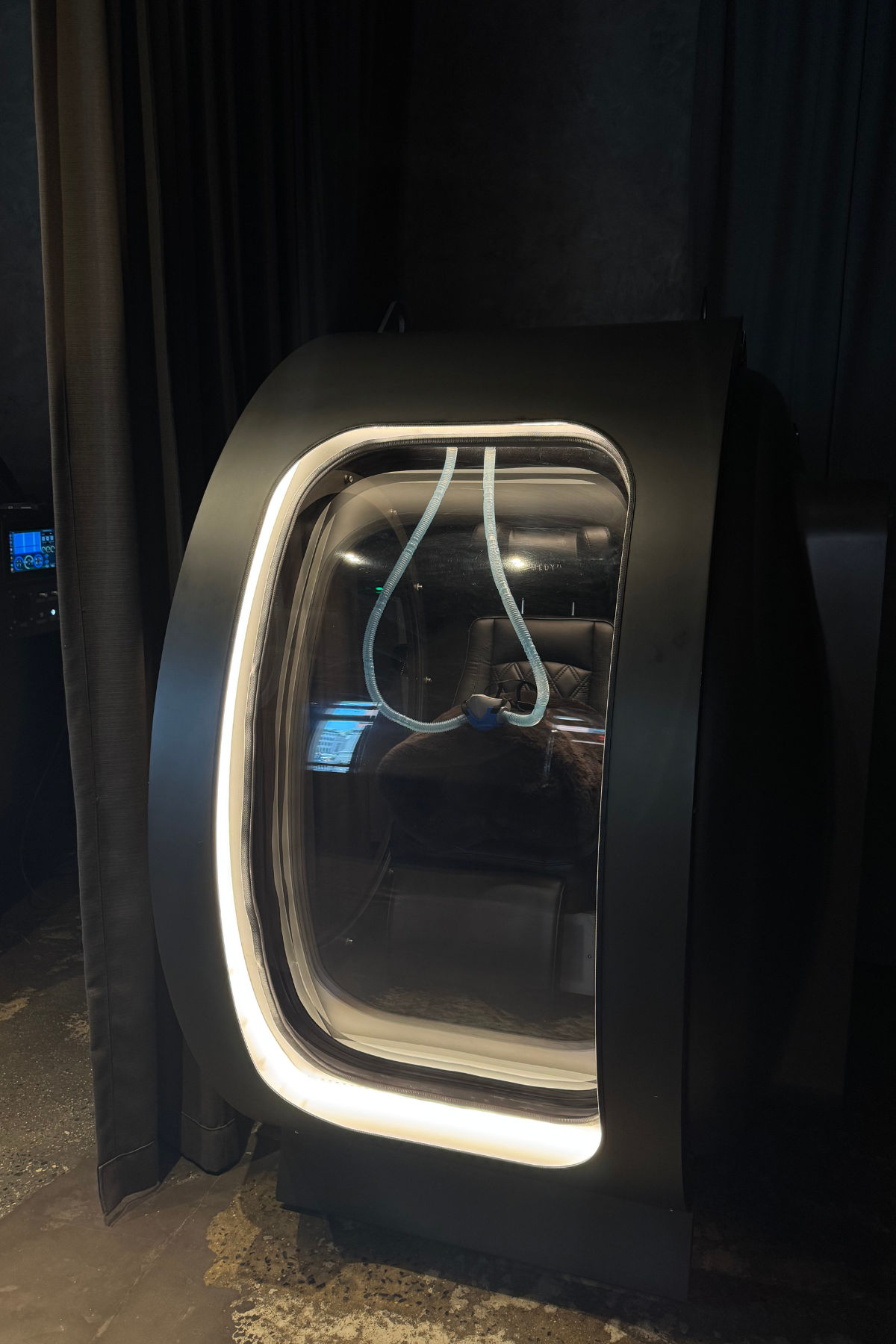
We love Remedy Place and its hyperbaric oxygen chamber.
How Many Hyperbaric Oxygen Therapy Sessions Are Needed to See Results?
According to Dr. Nazarian, “It varies depending on the study, but generally, 30 minutes of hyperbaric oxygen, five times a week over a three-month period, has been shown to demonstrate results.” However, she notes that the exact protocol for optimal benefit has not yet been determined, and more studies are needed to better understand how to best utilize this treatment. Anecdotally, many people report seeing improvements in their skin—like an increased glow—after just one session, but these early effects may not be long-lasting or reflect substantial changes beneath the surface. “It takes anywhere from one to two months for new skin cells to cycle,” adds Dr. Diaz, “so it may take at least a month to see a noticeable difference after undergoing HBOT.”
To achieve more long-lasting effects, Dr. Leary recommends maintaining a consistent regimen of sessions (which is true for most skincare treatments). While individual responses can vary, most people begin to notice significant and sustained benefits after a series of treatments. His general guideline is to undergo HBOT two to three times per week for the first few weeks. “Ideally, I would want you to go in as much as possible,” he says. “If you can do back-to-back sessions for a week or two, you will likely see a significant change.” For those dealing with chronic conditions or specific health goals, a more intensive schedule might be recommended. In such cases, working closely with a healthcare provider to customize the frequency and duration of sessions is important.
What Are the Risks of Hyperbaric Oxygen Therapy?
“You should avoid hyperbaric oxygen chambers if you are pregnant, have conditions such as untreated pneumothorax or severe COPD, or if you are undergoing chemotherapy with certain agents,” says Dr. Leary.
Side effects are typically minor and may include ear or sinus discomfort due to the increased pressure, says Dr. Diaz. “People who have had recent ear, sinus, lung, or eye procedures should avoid treatment because of the effects of increased pressure on these structures.” While risks are rare, especially for the average person, they can occur. It is important to consult a physician before undergoing HBOT.
Is HBOT More Effective Alone or With Other Skincare Treatments?
It's important to remember that while HBOT by itself is beneficial, the results for skincare are likely to be extremely subtle. “Because HBOT is not the standard in skincare, I would suggest anyone who is curious to try it go ahead, but only as part of an overall skincare regimen, while continuing other methods that have more substantiated results,” says Dr. Nazarian. “Treatments like microneedling and lasers like Fraxel generate a great deal of collagen with continued use. These methods have been successfully used to treat scars, wrinkles, fine lines, and pigmentary changes.”
Dr. Leary adds that hyperbaric oxygen therapy can also be a great complement for people who are undergoing intense skincare treatments. “For post-laser or microneedling, this would be significantly helpful and can help speed up recovery time,” he says.
Beyond skincare, some of the other potential benefits of HBOT include increased energy levels, enhanced mental clarity, reduced inflammation and pain, improved circulation, relaxation, and stress relief. So even if your skin does not look dramatically different right away, HBOT may still offer amazing benefits in other areas.
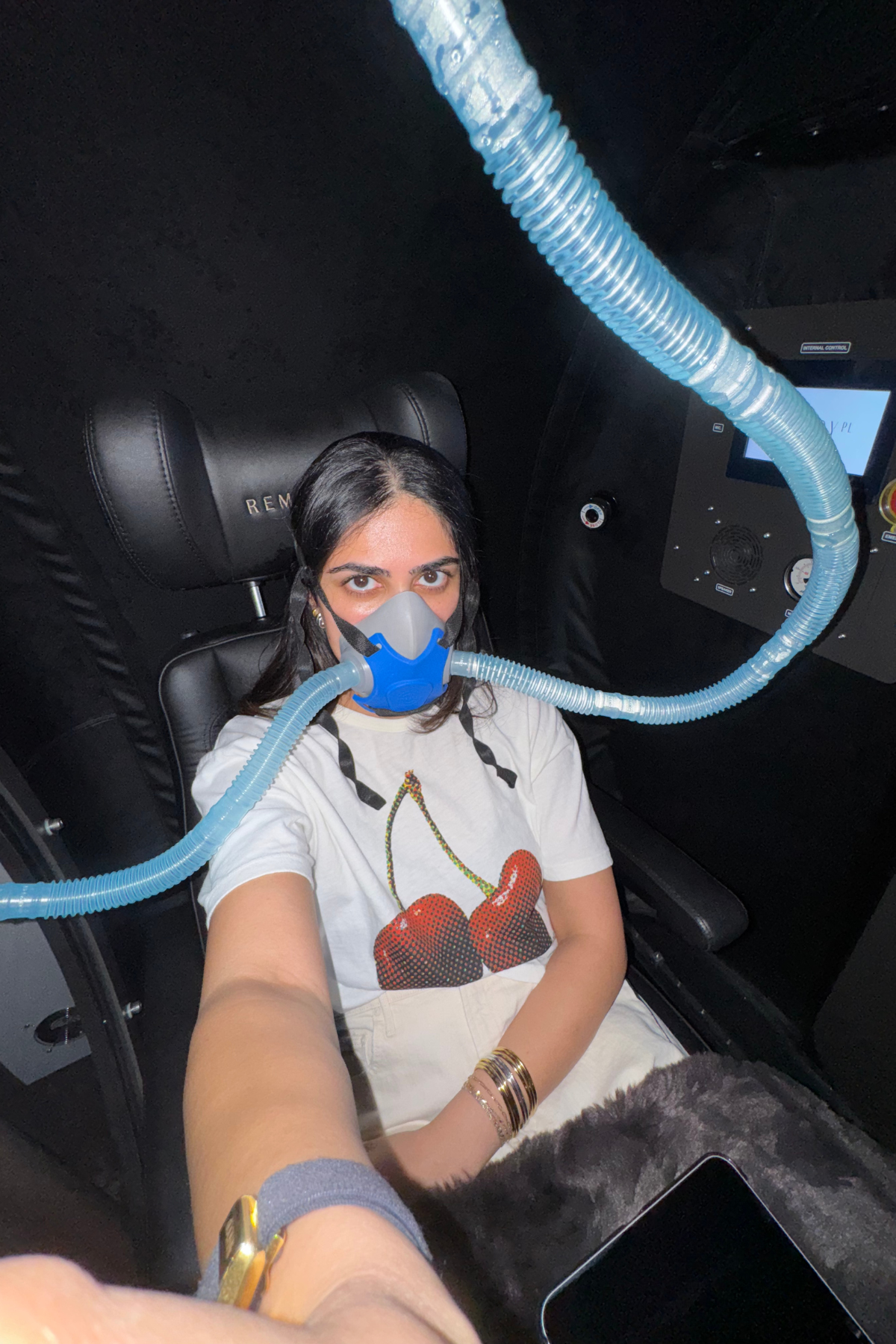
Wellness final boss.
My Experience with Hyperbaric Oxygen Therapy
Given my unofficial title as a human guinea pig, I was excited for the opportunity to test out HBOT at Remedy Place, also known as the “world’s first social wellness club,” in New York City. There are two main types of hyperbaric chambers: mild pressure and high pressure, both designed to maximize the therapy’s benefits. The ones at Remedy Place are mild pressure and use ambient air oxygen, meaning there is no flammable threat since the oxygen is not coming from a tank (some people also find tank oxygen to be overwhelming).
Before hopping in, my guide explained that the oxygen delivered to your body accelerates the production of white blood cells, which helps you heal faster. He noted that a lot of their clients are athletes recovering from injuries, as well as more sedentary individuals dealing with issues like shin splints. He described the experience as a “bicep curl for your lungs,” explaining that most of us rarely practice active breathing or even breathe fully. He also mentioned that afterward, I would likely feel a boost in mental clarity and creativity, since all neurotransmitters would be firing and I would drop into a theta brainwave state, making it easier to concentrate.
Like many of the other tech-driven treatments at Remedy Place, these chambers were unlike anything I had ever seen. It felt like strapping into Kylie Jenner’s private jet, complete with a luxurious interior and a cozy throw blanket. I was told I could use my laptop in the chamber, and that many clients often come in for a work session (classic tech bros). Of course, I forgot mine at home. They offered me an iPad to stream shows, but I feared becoming an iPad baby at 28, so I raw-dogged the entire session by staring blankly around the room for 60 minutes while listening to What Was That. (They also offer 90-minute sessions if you are feeling ambitious.) I was initially worried I would feel claustrophobic in the chamber, but it was surprisingly roomy and comfortable.
He described the experience as a “bicep curl for your lungs."
For the first five minutes, I was a bit overwhelmed by the amount of pressure—think the same feeling you experience during a flight’s takeoff or landing. I felt a lot of pain in my ears until they finally popped a few minutes in. I focused on taking deep breaths, which made me realize how little attention I usually pay to breathing. I worry I am a mouth breather (I have even started mouth taping), so this felt like a good way to practice nasal breathing.
At one point, I texted my mom that I was in the chamber. She responded, “You're something else.” And if that is what ends up on my tombstone, so be it. “Something else” has a nice ring to it. Not like other girls—something else.
When I got out of the chamber, I didn’t notice a major difference in my skin (it takes multiple sessions, after all), but I did feel a little sharper and like I was breathing easier. I was actually a bit stressed because I felt like I needed to use this newfound clarity wisely. Perhaps someone should have handed me a New York Times crossword or a set of statistics problems, but instead, I went to dinner with friends and yapped about the treatment the entire time.
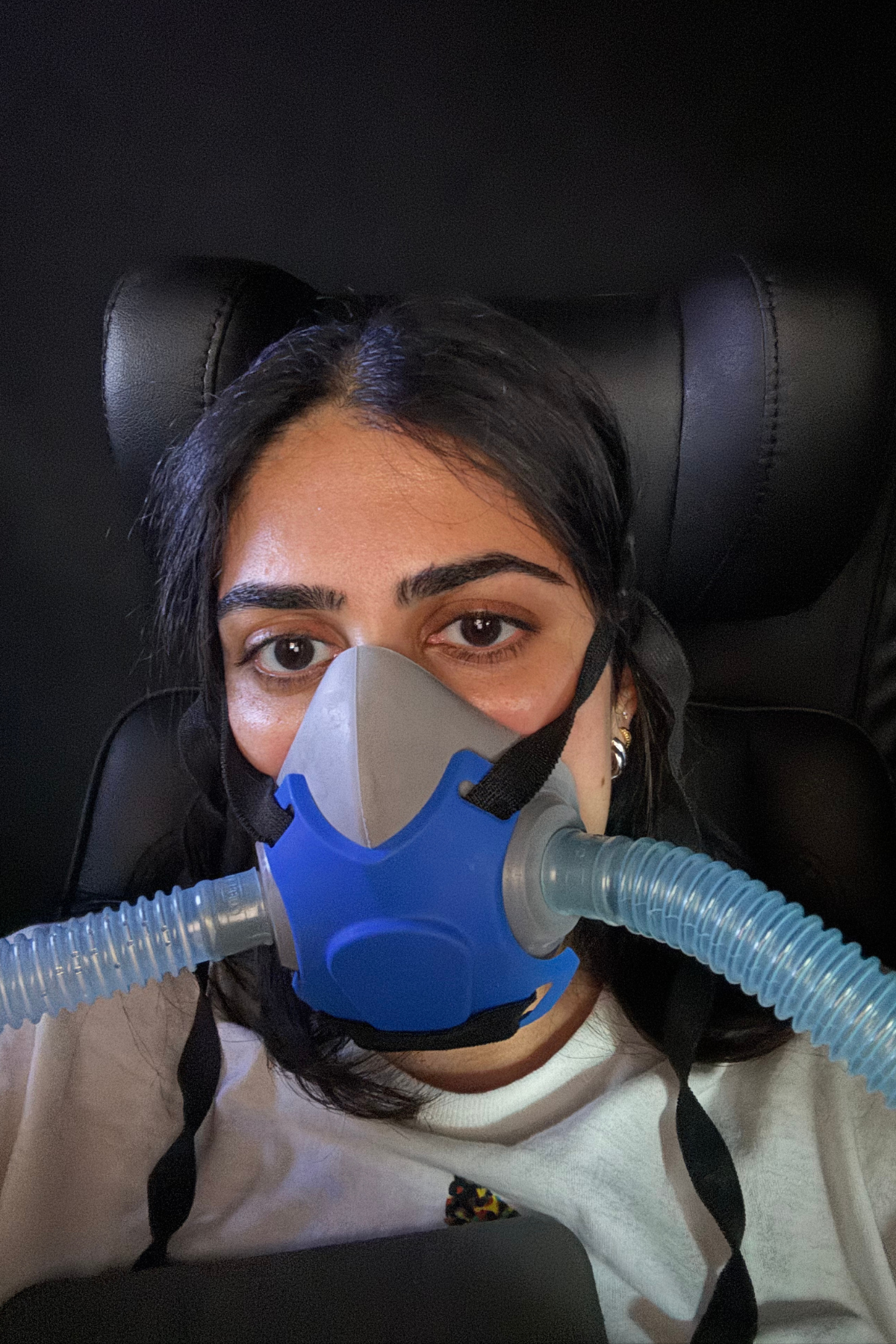
Bane, is that you?
While immediate benefits of mild pressure HBOT—like mental clarity, reduced pain, and deeper relaxation—can be felt after just one session, achieving long-lasting effects typically requires a commitment to regular treatments over time.
In a time when we are inching toward a recession and worrying about things like the price of eggs, it does feel a little strange to be getting special oxygen delivered directly to me. (There is oxygen at home, after all.) But it was interesting to see what is available, and how high-performers invest in staying ahead. It’s easy to fall into the trap of comparing yourself to others online, but it’s important to remember that maintaining that level of performance often takes a huge investment of time, money, effort, and resources. Personally, I don’t know if HBOT is something I could commit to regularly at this point in my life, but if I ever came into wealth or decided to seriously focus on my athleticism, it’s definitely a wellness modality I would consider adding to the routine.
Why Trust Marie Claire
For more than 30 years, Marie Claire has been an internationally recognized destination for news, fashion, and beauty trends, investigative packages, and more. When it comes to the products Marie Claire recommends, we take your faith in us seriously. Every product or treatment that we feature comes personally recommended by a Marie Claire writer or editor, or by an expert we’ve spoken to firsthand.
Meet the Experts

Dr. Rachel Nazarian, M.D., is a board-certified dermatologist at Schweiger Dermatology Group in New York City.
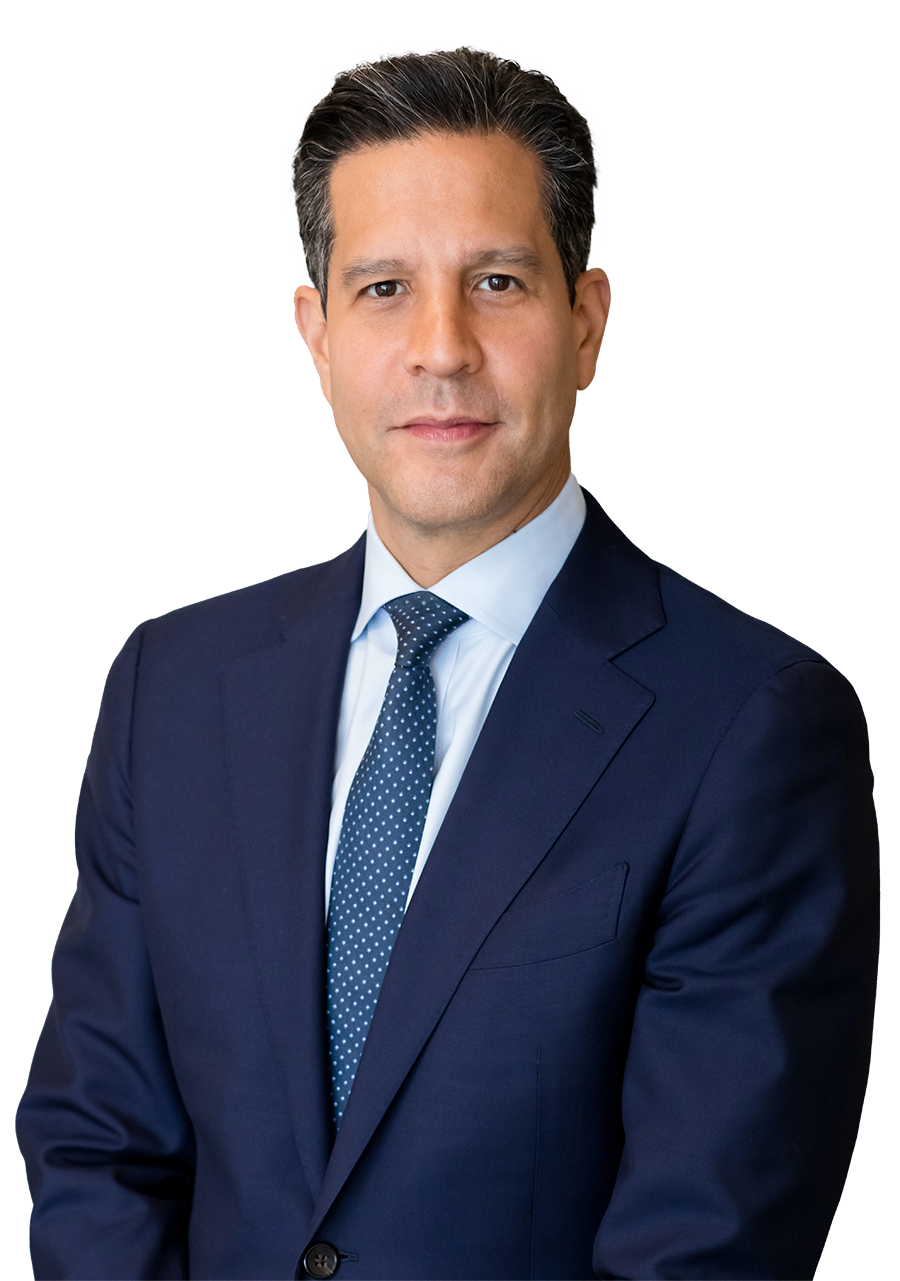
Dr. John Diaz, M.D., is a board-certified plastic surgeon with advanced specialty training in cosmetic surgery of the face, breasts, and body based in Beverly Hills, California.
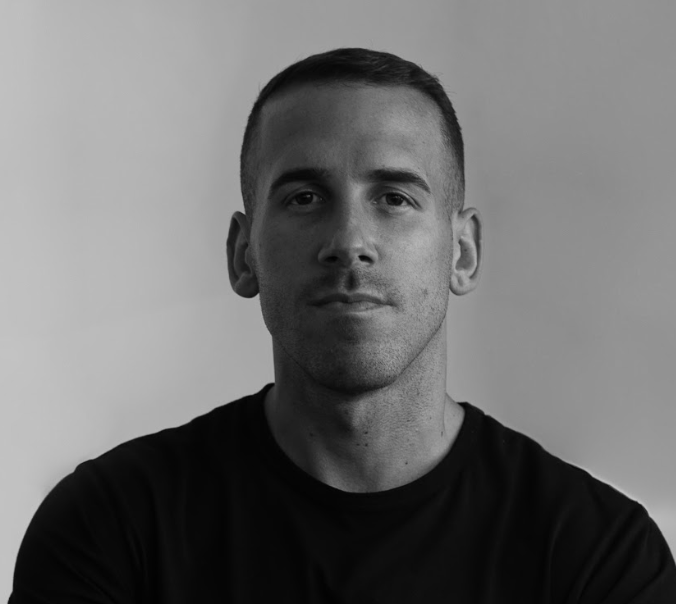
Dr. Jonathan Leary, D.C., is the founder and CEO of Remedy Place, the world’s first social wellness club. He holds a doctorate in chiropractic medicine and specializes in functional and preventative health.

Iman Balagam is a New York-based freelance writer with several years of experience covering the beauty industry. Balagam's writing has been featured in editorial outlets like Cosmopolitan, Teen Vogue, Byrdie, and Harper's Bazaar.